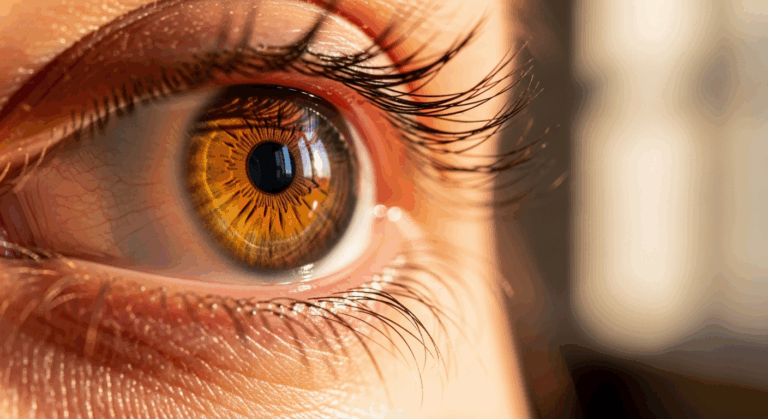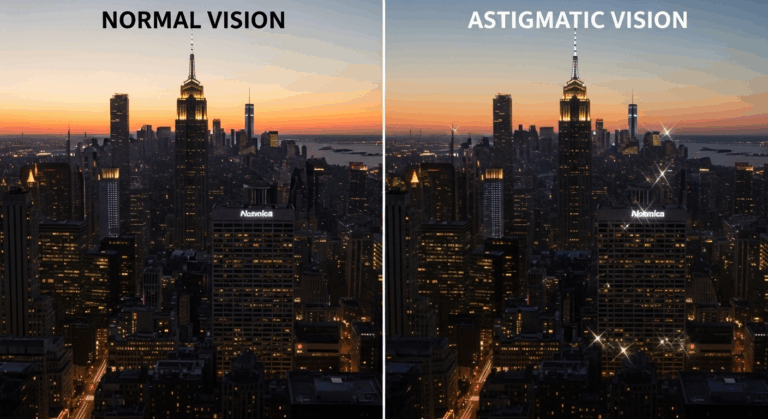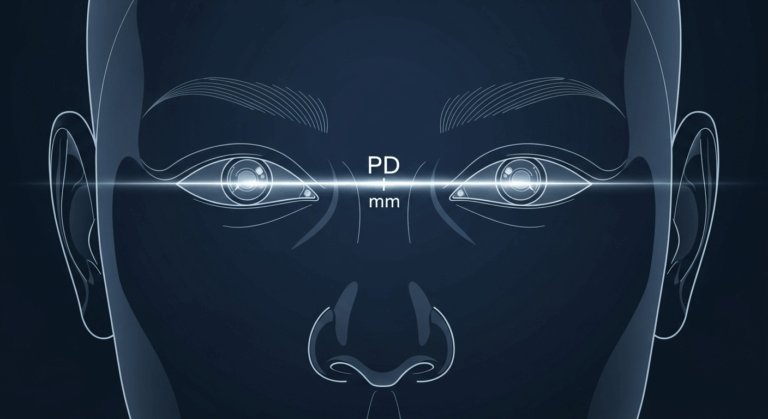You’ve probably heard the phrase “20/20 vision” countless times. It’s the gold standard, the benchmark for “perfect” eyesight, right? But what if I told you that some people can see even better?
Enter 20/15 vision.
It sounds a bit like a secret level of human sight, and in a way, it is. We often get asked questions like, “Is 20/15 vision better than 20/20?” and “Just how common is it?” Let’s clear up the confusion and dive into the fascinating world of visual acuity that goes beyond the norm.
What Exactly Is 20/15 Vision? A Simple Breakdown

Before we can appreciate 20/15 vision, it’s crucial to understand what those numbers actually mean. They come from the Snellen eye chart, the classic chart with shrinking letters you see at every eye exam.
Decoding the Snellen Chart Numbers
The formula is actually quite simple once you get the hang of it. Think of it as a fraction: 20 / X.
- The Top Number (20): This is your distance from the chart, which is standardized at 20 feet in the United States. It almost never changes.
- The Bottom Number (X): This is the distance at which a person with “normal” vision can clearly read the same line of letters you’re looking at.
Let’s use this to understand different scores:
- 20/20 Vision: You can see clearly at 20 feet what a person with normal vision sees at 20 feet. This is the baseline for normal visual acuity.
- 20/40 Vision: You have to be at 20 feet to see what a person with normal vision can see from 40 feet away. This means your vision is less sharp than the standard.
- 20/15 Vision: This is where it gets exciting. You can see clearly at 20 feet what a person with normal vision needs to move up to 15 feet to see.
In short, a smaller bottom number means your vision is sharper and clearer than the average person’s.
So, Is 20/15 Vision Better Than 20/20?
Yes, absolutely. Having 20/15 vision means your visual acuity is sharper than the standard of 20/20. You’re able to perceive details and resolve images from a farther distance.
Think of it like having a higher-resolution television. While a 1080p screen (20/20 vision) is perfectly clear and gets the job done, a 4K screen (20/15 vision) offers an extra layer of crispness and detail that you can definitely notice. It’s a tangible upgrade in visual performance.
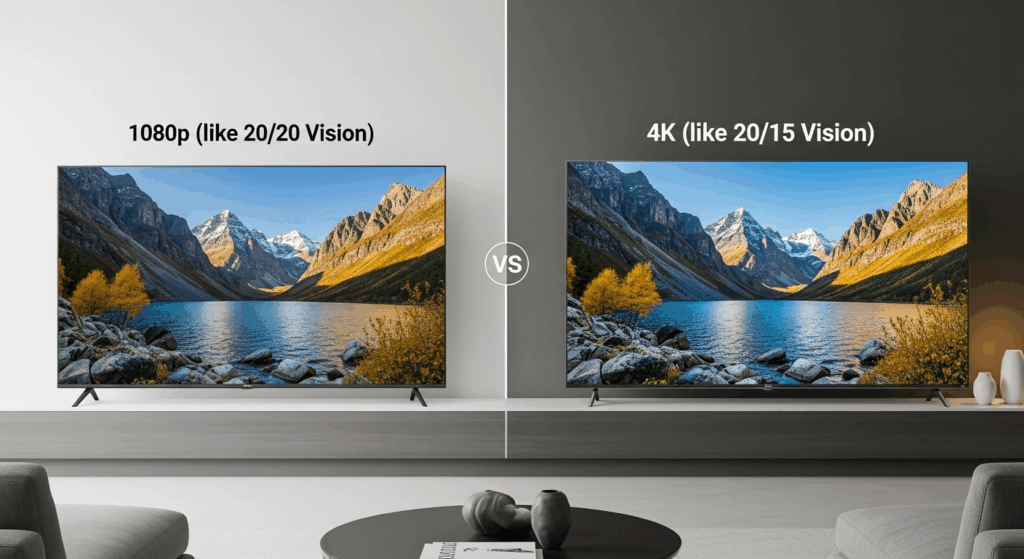
How Does 20/15 Compare to Other Vision Scores?
To put it all into perspective, here’s a quick comparison:
- 20/15 Vision: Superior sharpness. Often found in young, healthy eyes.
- 20/20 Vision: Considered the standard for “normal” vision. It’s the goal for most vision correction with glasses or contacts.
- 20/40 Vision: This is generally the legal vision requirement for an unrestricted driver’s license in most US states. While it’s not “bad,” it’s below the standard and often benefits from correction.
- 20/200 Vision: This is the threshold for being considered legally blind in the United States, even with the best possible correction.
How Common is 20/15 Vision? Is It Rare?
Here’s where a lot of curiosity lies. While it’s not exactly a superpower, 20/15 vision is less common than 20/20 vision.
Most people with healthy eyes are born with the potential for vision better than 20/20. Many children and young adults naturally have 20/15 vision or even 20/10 vision. However, our eyesight tends to change and stabilize as we age, with many people settling around the 20/20 mark.
So, is 20/15 vision rare? I’d say it’s uncommon but not extremely rare, especially among younger populations. Some professional athletes, like baseball players or pilots, often possess or train to achieve this level of visual acuity because it gives them a competitive edge.

Can You Achieve 20/15 Vision?
This is the big question, isn’t it? If you don’t have it naturally, can you get it?
The answer is… maybe. It depends heavily on your individual eye health and genetics.
- With Corrective Lenses: If your eye doctor determines your eyes are healthy enough, they can sometimes prescribe glasses or contact lenses that correct your vision to 20/15. The goal of a prescription is to give you the clearest, most comfortable vision possible.
- With LASIK or Refractive Surgery: Procedures like LASIK can also aim for a 20/15 outcome. Many patients who undergo these surgeries are thrilled to find their vision is even sharper than it was with their old glasses or contacts.
However, it’s important to have realistic expectations. The primary goal of any vision correction is to achieve at least 20/20 while ensuring your vision is comfortable and functional. Anything sharper is a fantastic bonus!
Vision Is More Than Just Acuity
Remember, seeing 20/something on a chart is only one piece of the puzzle. A comprehensive eye exam checks for many other critical aspects of your vision, including:
- Peripheral (side) vision
- Depth perception
- Eye coordination
- Color vision
- Focusing ability
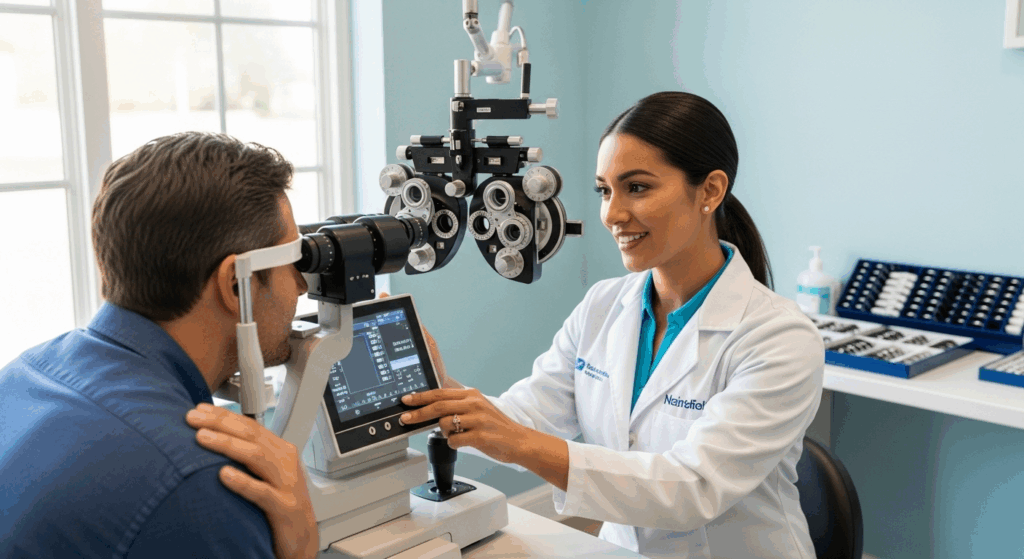
Excellent visual acuity won’t matter much if other areas of your eye health are compromised. That’s why regular check-ups with your optometrist or ophthalmologist are so essential.
Final Thoughts: Appreciate Your Vision
Whether you have 20/40, 20/20, or the impressively sharp 20/15 vision, the most important thing is to take care of your eyes. Having clear, comfortable vision allows you to navigate the world safely and enjoy its beauty.
If you’re curious about your own visual acuity or feel like your vision could be sharper, the best step is always to schedule an eye exam. Your eye doctor can give you a precise measurement and discuss all the options available to help you see your best.

